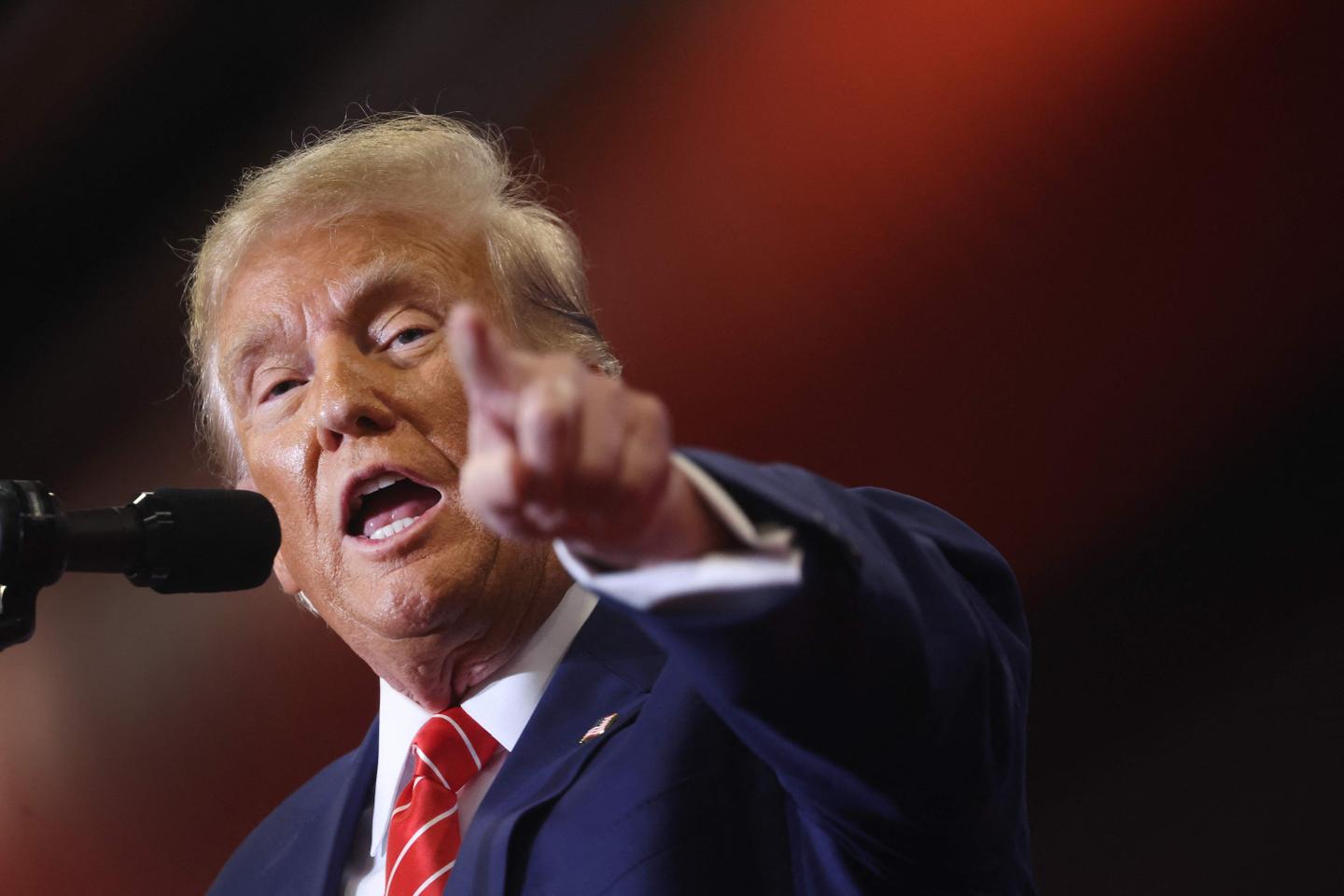


"Tariff Man 2" or the return of the "customs duty man." This is no Marvel Studios blockbuster, but a remake of a tried-and-tested political scenario: the election of Donald Trump as leader of the United States for a second term. On the economic front, his victory would once again be marked by a trade war, as suggested by the nickname he has bestowed on himself.
This crucial election is far from settled but given Joe Biden's weakness in the polls and Trump's likely Republican nomination, the possibility of a Trump return to the White House is conceivable. It may be worthwhile starting to think about what a second term might be like.
Beyond the political implications for the future of American democracy, three years after the assault on Capitol Hill, and the geopolitical implications for global stability, a Trump victory would, in economic terms, feel like déjà vu, only worse. The main proposal at this stage is to impose a 10% tariff on all products imported into the US. On average, this would amount to a tripling of levels currently applied.
The measures taken by Trump during his first term in office, most of which have not been called into question by his successor, are nothing compared to what would happen in the event of victory. This time, the trade war would be all-out, with serious repercussions for both the US and the global economy.
No jump in statistics
As the same causes produce the same effects, Trumpist logic is unlikely to produce better results than policies pursued from 2018 onwards. His frenzy to increase tariffs, ostensibly to protect the US economy, generated damages without addressing the problems it purported to solve. Tripling the ante will not make the recipe work any better.
Increased tariffs are supposed to meet three objectives. The aims are to reduce the US' abysmal trade deficit, to encourage job creation through industrial relocation and to restore balance in the face of a global economic organization of which the US is said to be the main victim.
As far as the trade balance is concerned, the failure is obvious: during Trump's term in office, the deficit increased by a quarter! Job growth in manufacturing is certainly real but not spectacular and part of a long-term trend towards reindustrialization that began under Barack Obama. The Trump parenthesis has not caused any jump in the statistics.
The case of steel, whose imports have been heavily taxed since 2018, is revealing: 800 jobs have been created, barely 1% of the sector's workforce. In contrast, American companies using the alloy in their manufacturing lost 1,600 jobs (2.8% of the total). All studies converge: American steel manufacturers are posting record profits, but the cost to the rest of the economy has proved exorbitant.
You have 50% of this article left to read. The rest is for subscribers only.
